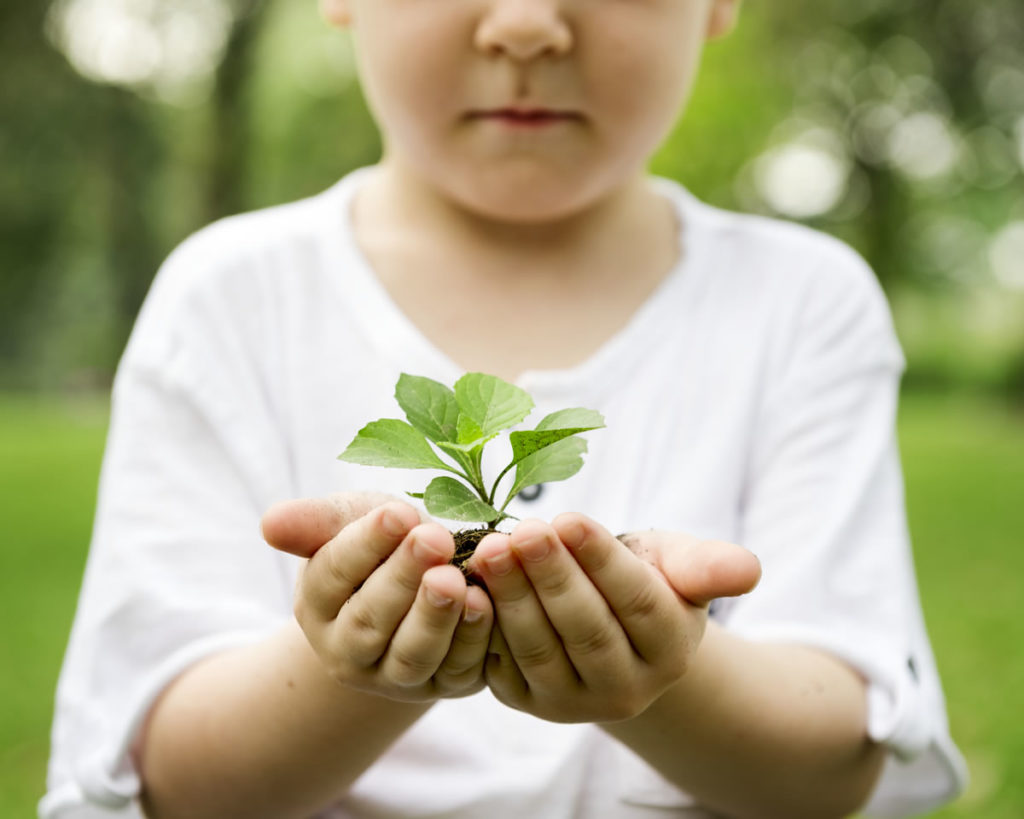Nature is a powerful teacher and there are many things that children can learn hands-on in the schoolyard that they cannot learn sitting in a classroom. That is why in this article we have set out to demonstrate how outdoor facilities can improve learning, from those most related to science curricula to those related to behavior itself.
How to wear and stimulate learning outdoors
In order to stimulate outdoor learning and benefit from all its positive things, we must first create (or enable) such outdoor space, which should be done by talking and debating with the educational community about the wishes and needs of teachers and students.
The characteristics of the space will depend on the objective in mind or the subject to be worked on, for example, a system of pulleys can be incorporated into the schoolyard to teach fifth grade students the operation of simple machines, or recreate a wooded area so that the little ones can discover interesting information about ecosystems or food webs or about agricultural processes, the structure of plants and seeds … etc. With the recreation of natural environments in the patios, as well as sowing or irrigation systems, students can even collect fruits, flowers or insects, make records and apply the information to what is learned in class.

The exterior space of a school can, therefore, recreate diverse spaces and serve for diverse learning. The outdoor space is democratic , since it allows children with different levels of experiences and knowledge to learn. Even if there are children who have never had a similar experience before, they can easily join outdoor learning activities without major problems, as they are based on experimentation and group discovery.
These outdoor experiences can also add new vocabulary, stimulate cognitive development, or cope with social and behavioral problems . The outdoor space is also used for formal instruction. For example, in a unit on myths, legends and popular tales, students can read stories related to what is being learned in class and make that learning more dynamic, with theatrical performances or puppet shows in which nature is very present .
For artistic disciplines, learning outdoors can also be very positive, since it allows the artistic work done in class to be extended outdoors to nature, where beautiful reading spaces or even permanent theater and dramatization areas can be included.
Benefits of learning outdoors
In reality, what it is about is not to make the traditional classroom move to the playground, but to establish a place where children can be as in a kind of alternative recess where they can learn and interact with nature in a less formal and more direct way than in the classroom. This allows a history class to go outside to understand the formation and discovery process of archaeological sites, or observe the geology of the earth or the chemical processes of rocks.
These types of outdoor experiments provide a very important opportunity to understand concepts in a real world environment, allowing for a deeper understanding of them than by experimenting or rote learning in the classroom. In this way, children can also learn about how to plant and take care of a garden, where food comes from, how some insects or other organisms in nature behave … it is, in short, to show reality outside the class and show the world to students .
But the use of outdoor space also has other benefits for students, such as the possibility of fostering their curiosity and interest in learning, or even minimizing the appearance of social and emotional behavior problems . The outdoor space allows for a “reset” in students and a state of freedom and joy that makes almost any learning possible to be effective.

Schools that have already fostered learning through schoolyards have improved their students’ behavior, promoted exercise, and improved relationships with parents and the community. And it is proven that giving students, even ten minutes of time outdoors, has a very positive impact on learning, which can be used to improve performance in the classroom itself. Teachers, at the same time, learn new teaching methods and develop new lesson plans . That is why a new, more dynamic and efficient education system is possible … Let’s try to let children learn outside the cold walls of the classroom too!











































































































